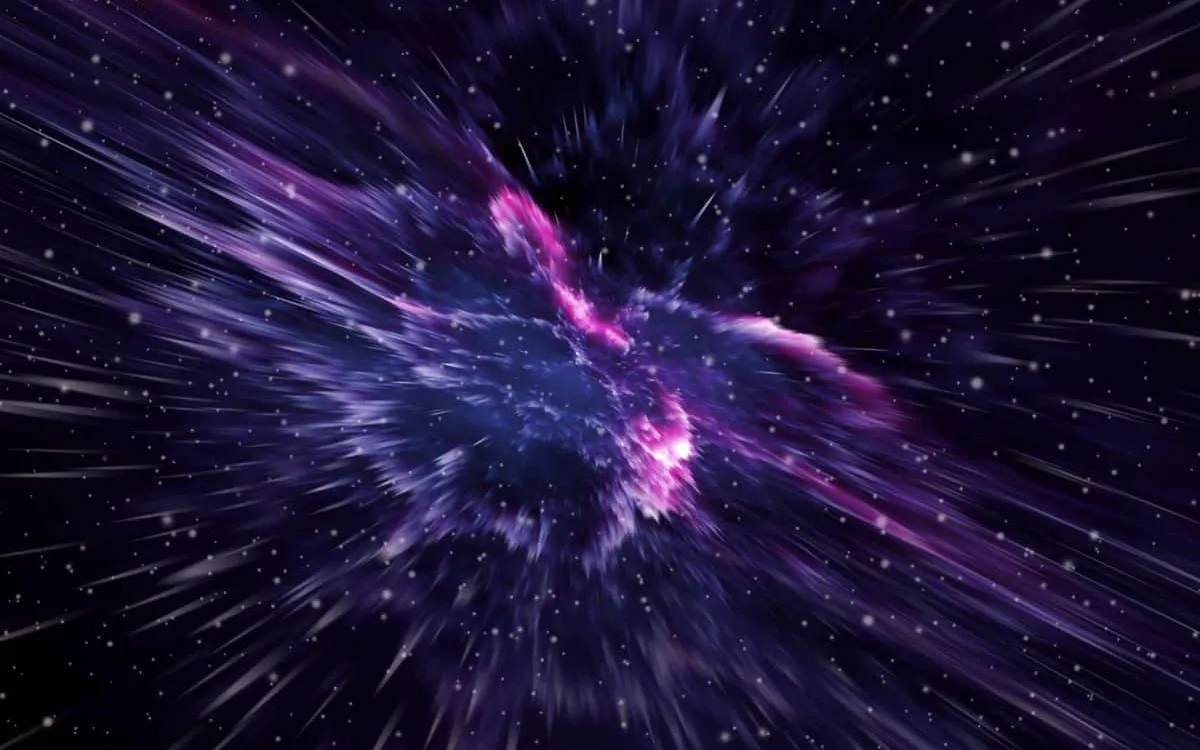
A team of astronomers has made an extraordinary discovery in the cosmos: a binary star system consisting of two white dwarf stars, located just 150 light-years away from Earth. These stars are on a collision course, destined to explode in a Type 1a supernova—a cosmic event that will outshine the moon itself by up to ten times. This remarkable finding not only captures the imagination but also adds significant depth to our understanding of stellar evolution.
The pair of white dwarfs, discovered by researchers at the University of Warwick, are locked in a tight orbit, bringing them closer together with each passing day. These stars are separated by a mere 1/60th of the Earth-Sun distance, a proximity that will eventually culminate in their catastrophic collision. According to a study published in Nature, this is the first confirmed binary white dwarf system of its kind observed in our galaxy, lending significant credibility to the theory that Type 1a supernovae typically emerge from such systems.
A Type 1a supernova occurs when a white dwarf, the dense remnant of a star that has exhausted its nuclear fuel, accumulates enough mass from a nearby companion star to trigger an explosive event. This explosion is one of the most energetic phenomena in the universe. Moreover, Type 1a supernovae are crucial for measuring cosmic distances due to their predictable luminosity. In this particular case, the explosion of this binary system is expected to be exceptionally bright, estimated to be ten times more luminous than the moon, making it visible across vast stretches of space.
James Munday, a PhD researcher at Warwick University and the leader of the study, expressed his excitement upon discovering the system. “For years, a local and massive double white dwarf binary has been anticipated, so when I first spotted this system with a very high total mass on our Galactic doorstep, I was immediately excited,” Munday stated. The team of international astronomers quickly began observing the system using some of the most powerful optical telescopes in the world. Their observations revealed that the two stars were indeed on a collision course, with their combined masses forming the heaviest double white dwarf system ever discovered, weighing in at 1.56 times the mass of our Sun.
The anticipated supernova is expected to occur approximately 23 billion years from now—an event far beyond the span of human existence. While the system is relatively close in astronomical terms, it poses no danger to Earth. “With an international team of astronomers, four based at The University of Warwick, we immediately chased this system on some of the biggest optical telescopes in the world to determine exactly how compact it is,” Munday explained. Their observations have provided rare insights into a binary system on the brink of a spectacular explosion, offering a valuable window into the long-term evolution of stellar remnants.